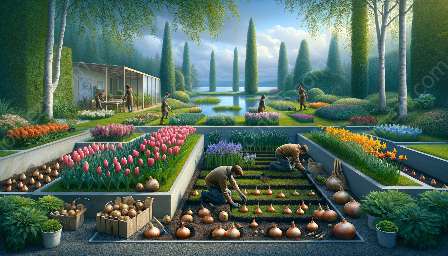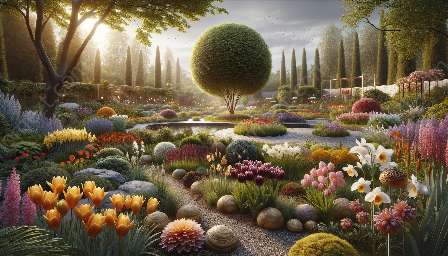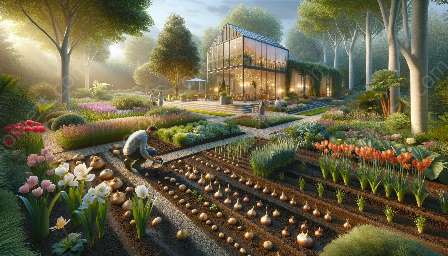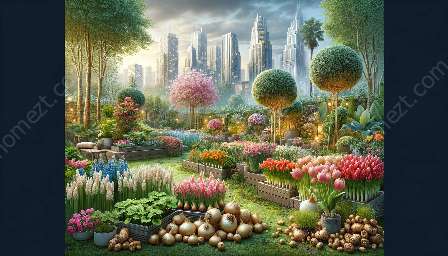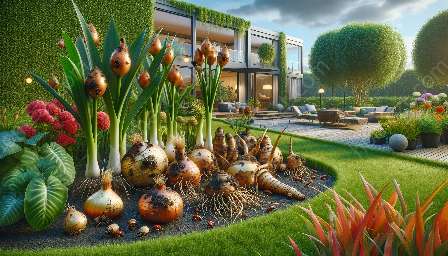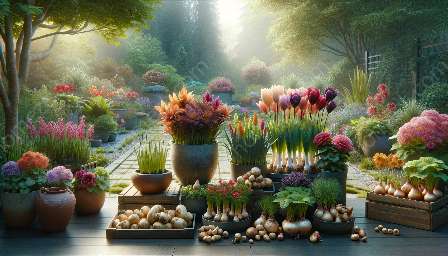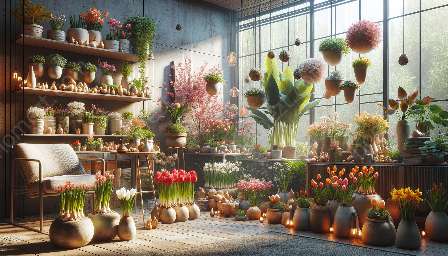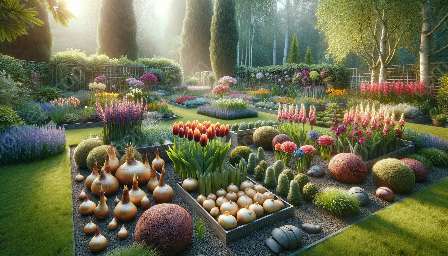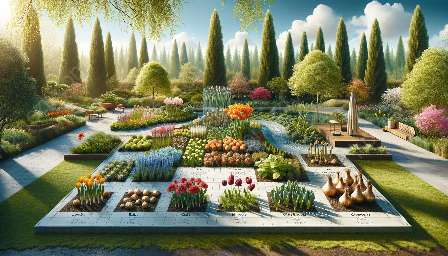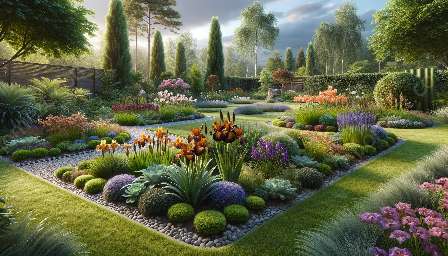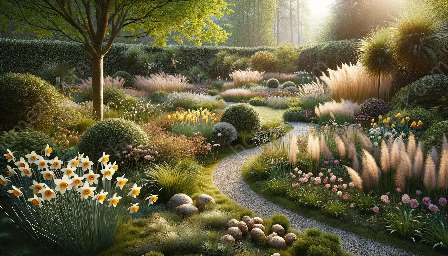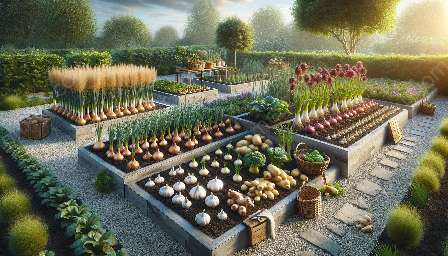Indoor gardening with bulbs, tubers, and rhizomes allows you to enjoy the beauty of plants year-round while creating a serene and attractive indoor garden. These versatile plant structures provide an array of colorful blooms, lush foliage, and unique textures, making them ideal for indoor gardening. Whether you're a seasoned gardener or a novice plant enthusiast, this guide will help you harness the potential of bulbs, tubers, and rhizomes to create an enchanting indoor oasis.
The Basics: Bulbs, Tubers, and Rhizomes
Bulbs, tubers, and rhizomes are specialized plant structures that store nutrients and energy, enabling plants to survive adverse conditions and bloom prolifically when the time is right. Understanding the distinct characteristics of these structures is essential for successful indoor gardening.
- Bulbs: Bulbs are self-contained plant structures with a small stem and fleshy leaves or leaf bases. They store food for the plant and produce new bulbs as offsets.
- Tubers: Tubers are enlarged underground stems that store nutrients and energy. They often produce new shoots, enabling the plant to spread quickly.
- Rhizomes: Rhizomes are horizontal underground stems that grow outward, sending up shoots to produce new plants. They have nodes and internodes that allow them to spread continuously.
Cultivating an Indoor Garden with Bulbs, Tubers, and Rhizomes
Creating a vibrant indoor garden with bulbs, tubers, and rhizomes requires careful planning and consideration of the specific needs of each plant. Here are some steps to help you get started:
- Choose the Right Plants: Select bulbs, tubers, and rhizomes that are suitable for indoor growing. Consider factors such as light requirements, space, and maintenance.
- Provide Adequate Light: Position your indoor garden in a location that receives ample natural light or supplement with grow lights to ensure optimal growth and blooming.
- Select Suitable Containers: Choose containers with adequate drainage to prevent waterlogged soil, and ensure they are large enough to accommodate the root systems of your plants.
- Prepare Quality Soil: Use well-draining potting mix that is tailored to the specific needs of your plants. Consider adding perlite or vermiculite to improve aeration.
- Water and Fertilize Appropriately: Follow a consistent watering schedule and use fertilizer suited for flowering or foliage plants to support healthy growth.
- Monitor Growth and Care for Your Plants: Regularly check for signs of pests, diseases, or inadequate growing conditions. Prune and repot as necessary to maintain vibrant and healthy plants.
Using Bulbs, Tubers, and Rhizomes to Enhance Your Indoor Space
Indoor gardening with bulbs, tubers, and rhizomes provides endless opportunities to beautify your living space. From colorful blooms to lush foliage, these plant structures can breathe life into any indoor environment. Consider the following strategies to maximize the visual impact of your indoor garden:
- Create Eye-Catching Displays: Plant bulbs, tubers, and rhizomes in decorative containers and arrange them in groupings to create stunning focal points in your home.
- Experiment with Different Plant Combinations: Mix and match plants with varying heights, colors, and textures to create dynamic and visually appealing arrangements.
- Utilize Hanging Baskets and Vertical Gardens: Expand your indoor garden vertically with hanging baskets and wall-mounted planters to maximize space and create an immersive indoor oasis.
- Rotate and Refresh Your Displays: Keep your indoor garden dynamic by rotating plants in and out of display areas and refreshing the layout to maintain visual interest.
Benefits of Indoor Gardening with Bulbs, Tubers, and Rhizomes
Indoor gardening with bulbs, tubers, and rhizomes offers numerous benefits that go beyond aesthetic appeal. Here are some advantages to consider:
- Year-Round Blooms: By cultivating plants with different flowering times, you can enjoy a continuous display of blooms throughout the year.
- Purified Air and Improved Well-Being: Many indoor plants help purify the air and create a healthier indoor environment. Additionally, caring for plants can have positive effects on mental well-being.
- Learning and Experimentation: Indoor gardening provides opportunities for learning about plant biology, propagation, and horticulture. You can experiment with different growing conditions and plant combinations to expand your knowledge and skills.
- Connection with Nature: Bringing the beauty of the outdoors inside allows you to establish a deeper connection with nature and the natural rhythms of plant growth and development.
Conclusion
Indoor gardening with bulbs, tubers, and rhizomes is a rewarding and enriching pursuit that allows you to create a captivating indoor garden that reflects your personal style and preferences. By understanding the unique characteristics of these plant structures and providing them with the care they need, you can cultivate an oasis of beauty and tranquility within your home. Embrace the versatility and allure of bulbs, tubers, and rhizomes to embark on an inspiring indoor gardening journey.

